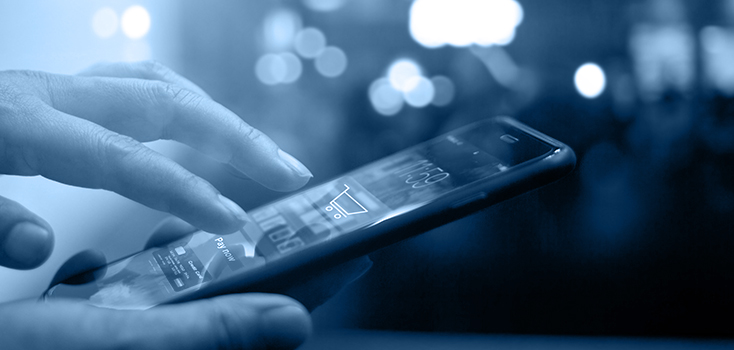
Helpful apps for EMS and first responders
Various novel technologies are being developed to improve healthcare and EMS – but also smaller, more practical technologies for the smartphone are constantly introduced. This list serves as a short overview of different approaches for apps that everyone can use:
Language translation: “aidminutes.rescue” (Germany)
It can be very difficult to communicate with foreign-language emergency patients, rescue services or emergency rooms and to ask the questions that are important for a purposeful anamnesis. In regard of this, the aidminutes.rescue App offers all rescue teams important and fast support.
it offers over 250 situation and symptom-related questions, advice, instructions and information, and over 14,000 audio voice editions in 18 languages and dialects. In addition, all content is available on the mobile phone – even if there is no mobile network
http://traumateam.de/im-notfall-nicht-sprachlos/
Warning: „Euwarn“ (EU wide)
In dangerous situations, employees of the EU Commission will in future receive location-based danger warnings via app on their mobile phones. It is based on the Katwarn population warning system, which has been successfully used in Germany and Austria for years.
In the future, however, the system is to be networked with the Katwarn population warning system, which is available free of charge as an app in various European countries or is to be introduced. All visitors to the properties of the EU Commission will then also be warned and informed via Katwarn.
https://www.rettungsdienst.de/news/europaeische-kommission-startet-euwarn-app-61239
Corona: “Stopp-Corona” (Austria)
The Red Cross “Stopp-Corona” app was launched on 25 March and is based on a kind of contact diary. The idea behind it: Anyone who tests positive for the corona virus can then warn people next to whom he or she has been sitting on the bus for a long time. For the newly introduced automatic handshake, Bluetooth must be active on both mobile phones in order for contacts to be recorded.
The app has already been downloaded around 400,000 times.
https://futurezone.at/apps/quellcode-der-stopp-corona-app-wird-veroeffentlicht/400815653
First responders: “Mobile Retter” (Germany)
With the “Mobile Rescuer” app, professional first-aiders can provide voluntary help at emergency locations outside of their working hours. When an emergency call is received at the control centre of the emergency services, the Mobile Retter Server of the control centre determines the nearest available professional first-aider to the scene of the emergency completely automatically. This person is notified via app and can provide first aid on site.
The offer is directed to doctors, rescue and fire service staff or nursing staff – since the network of “Mobile Retter” is to focus on medically trained people should be able to be competent first aiders in emergencies in their vicinity.
https://rp-online.de/nrw/staedte/viersen/ersthelfer-per-app-zum-einsatz_aid-22208657
Bystander Response: “HeartRunner” (Denmark)
The aim of this app is to increase the likelihood of bystander CPR as well as defibrillation when citizen responders arrive before emergency medical services (EMS) personnel. It enables ongoing communication among the dispatcher, the citizen responder and the caller. The app also dispatches the responders directly to the scene and to retrieve an AED for support.
An observational pilot study conducted in Copenhagen, Denmark, shows that the rate of performed CPR was actually going up by more then 10%.
https://www.tctmd.com/news/smartphone-app-boosts-bystander-response-cardiac-arrest

